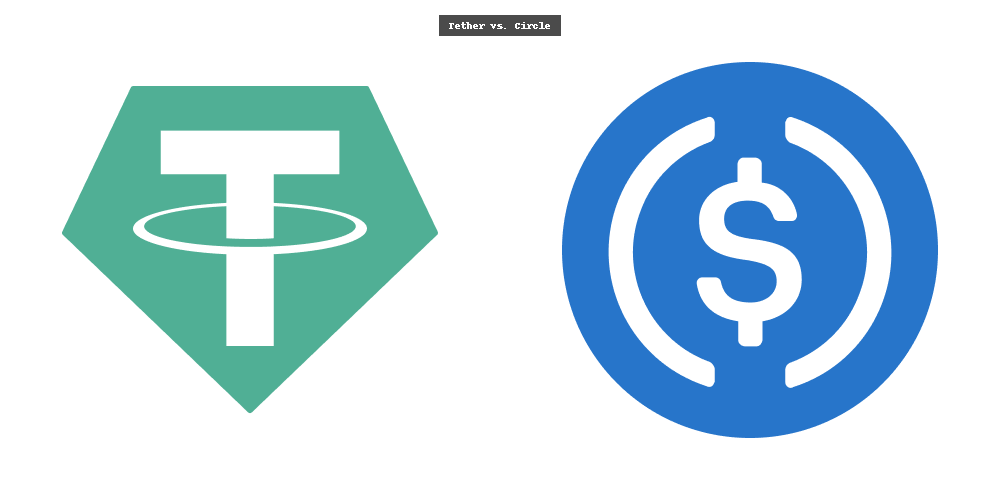Liquidity Mitosis: How Modular DEXs Will Redefine Fragmentation in Web3
Introduction
As the Web3 ecosystem expands across Layer 1s, Layer 2s, appchains, and sovereign rollups, a new challenge has emerged: liquidity fragmentation. The days of a single dominant chain hosting most DeFi activity are fading. Instead, we see a multichain future where users, dApps, and assets are scattered across diverse environments. This fragmentation gives rise to inefficiencies, slippage, and capital underutilization.
Enter modular DEXs and the concept of liquidity mitosis, a phenomenon where liquidity splits across environments, but can also be recomposed through innovation in protocol design. In this article, we’ll unpack liquidity mitosis, examine the problem it seeks to solve, and explore how modular DEXs are using architecture, cross-chain messaging, and unified interfaces to reshape decentralized finance.
What is Liquidity Mitosis?
Borrowing from biology, "mitosis" refers to the process by which a single cell divides into two identical daughter cells. In the DeFi context, liquidity mitosis is the splitting of liquidity pools across multiple execution layers , be it Ethereum mainnet, Optimism, Base, zkSync, Arbitrum, or Cosmos appchains.
But unlike the biological analogy, liquidity mitosis isn’t necessarily clean or efficient. Fragmentation creates challenges:
- Liquidity is no longer composable across the same chain.
- Traders face higher slippage on less-liquid venues.
- Arbitrage requires costly cross-chain bridging.
- Protocol governance and fee accrual become siloed.
This fragmentation is an existential threat to the network effect that powered DeFi’s initial boom. Fortunately, new architectures are emerging to address it.
The Rise of Modular DEXs
Modular DEXs separate core functionalities: execution, settlement, liquidity provisioning, routing, and fee collection , into composable modules that can operate across chains.
Key innovations include:
- Unified Liquidity Layers
- Protocols like Across and Socket aim to unify fragmented liquidity via cross-chain routers, enabling seamless trades from one domain to another.
- Projects like Symbiosis offer one-click swaps across chains without requiring users to bridge manually.
- Shared Sequencers and Rollup-Aware Routing
- Modular rollups are beginning to adopt shared sequencers (e.g., Espresso, Astria) that enable atomic ordering and execution across multiple rollups.
- Caldera and Conduit enable app-specific rollups that still interoperate via messaging layers like Hyperlane or LayerZero.
- Cross-Chain Aggregation
- LI.FI and Rango aggregate DEXs and bridges to find optimal routes across fragmented chains.
- Odos and Jumper Exchange are pioneering unified interfaces for multichain swaps.
- Intent-Based Trading
- Protocols like CoW Swap and Anoma allow users to express trade intents, which solvers then fulfill optimally across chains—abstracting away fragmentation.
Case Study: UniswapX and the Aggregated Future
Uniswap’s recent launch of UniswapX signals a strategic response to liquidity mitosis. Rather than deploying and fragmenting across every chain, UniswapX introduces a solver network that sources liquidity from any venue including other chains, and executes trades gaslessly.
This is significant because it decouples the trade execution from the liquidity pool’s location. Solvers can access liquidity on mainnet, L2s, or even centralized exchanges to fulfill user orders, effectively re-aggregating fragmented liquidity.
Modularity + Interoperability = Composability
Modular DEXs rely on interoperability protocols to create a new form of composability: cross-domain composability. While native composability allowed protocols on the same chain to interconnect, cross-domain composability enables:
- Cross-chain flash loans
- Synchronized multi-chain arbitrage
- Remote liquidity provision
- Governance decisions that span rollups and appchains
Projects like Axelar, Wormhole, and LayerZero are critical enablers, but face tradeoffs between trust assumptions, latency, and censorship resistance.
Challenges Ahead
While modular DEXs offer a compelling solution, they aren’t a silver bullet:
- Latency & Finality: Cross-chain execution can be slow or non-atomic.
- Security Models: Messaging layers often introduce new attack surfaces.
- Capital Efficiency: Liquidity still needs to be incentivized across domains.
- UX Complexity: Abstracting chains from users without compromising clarity is still hard.
Nonetheless, these are solvable challenges—and the momentum is building.
Conclusion
Liquidity mitosis isn’t just a challenge—it’s a reflection of Web3’s evolution. As we move toward a modular, multichain, and intent-driven world, the tools to recompose liquidity are getting stronger. Modular DEXs, unified routers, shared sequencers, and cross-chain messaging protocols will together create a more flexible and resilient DeFi landscape.
Much like biological mitosis fuels growth and regeneration, liquidity mitosis—if managed well—can be a feature, not a bug. The next generation of DEXs isn’t bound by the limits of any single chain. Instead, it thrives in the spaces between.
MITOSIS official links:
GLOSSARY
Mitosis University
WEBSITE
X (Formerly Twitter)
DISCORD
DOCS
References:
- https://uniswap.org/blog/uniswapx
- https://layerzero.network/
- https://across.to/
- https://www.lifi.io/
- https://www.rango.exchange/
- https://wormhole.com/
- https://symbiosis.finance/
- https://cow.fi/
- https://anoma.net/
- https://docs.axelar.dev/
- https://docs.caldera.xyz/
- https://www.odos.xyz/
- https://www.jupiter.exchange/
- https://www.hyperlane.xyz/



Comments ()